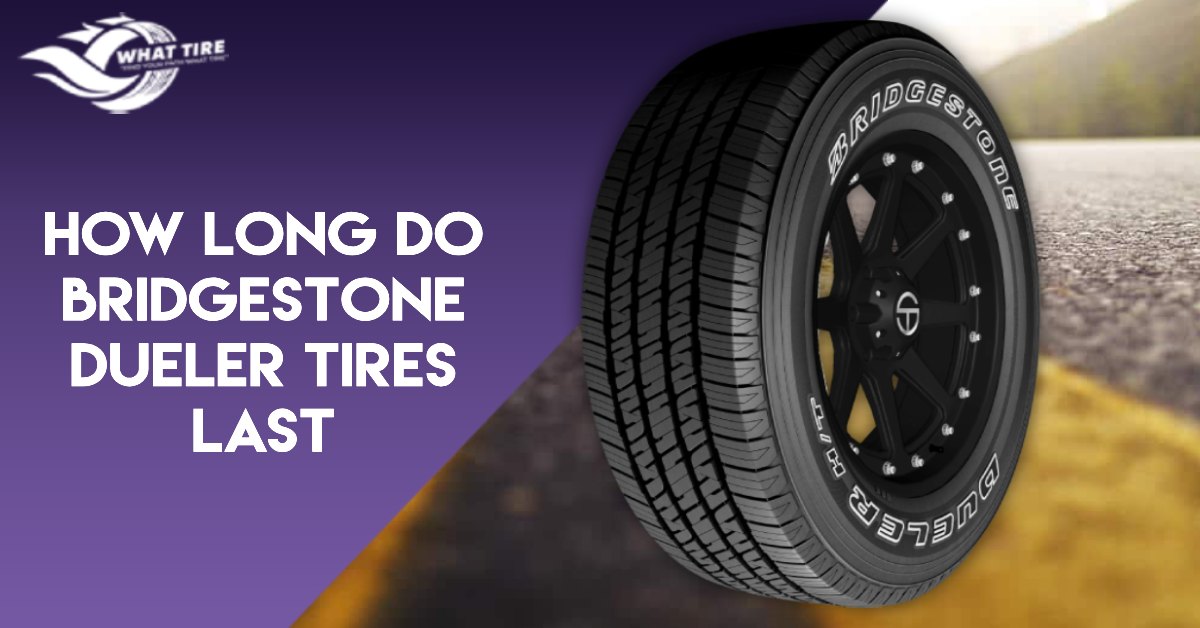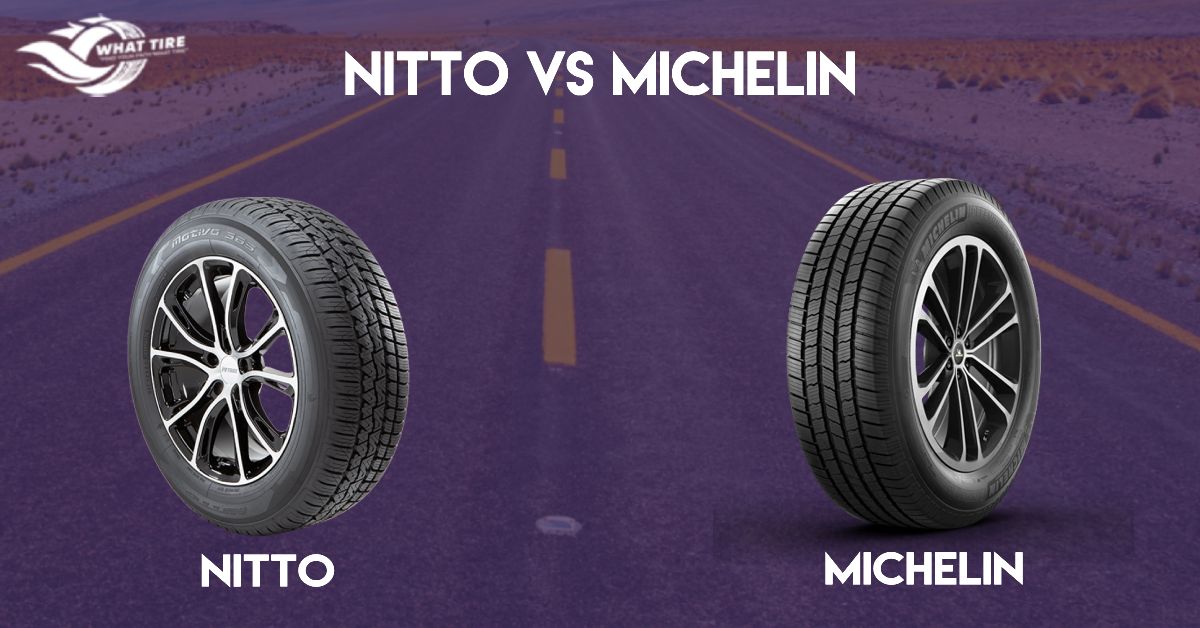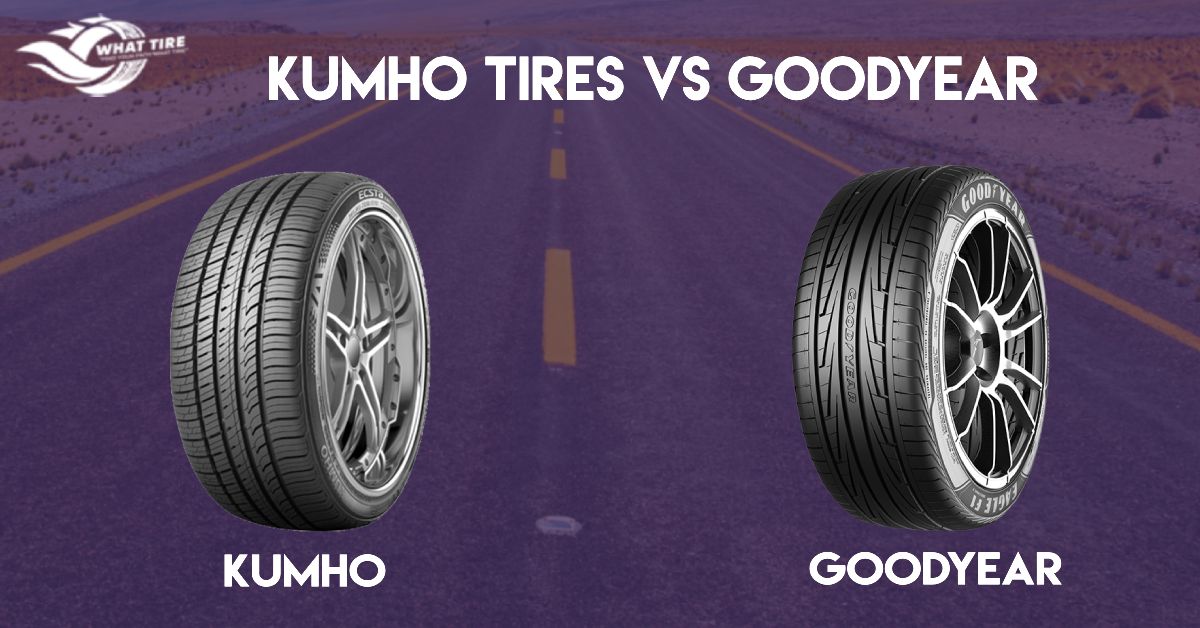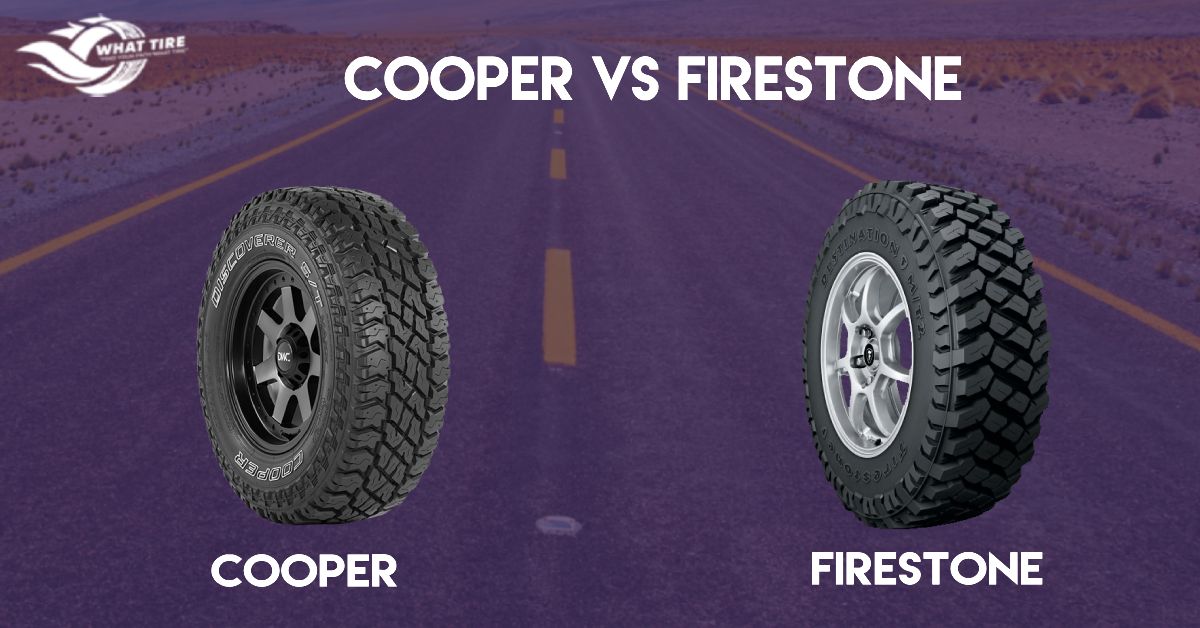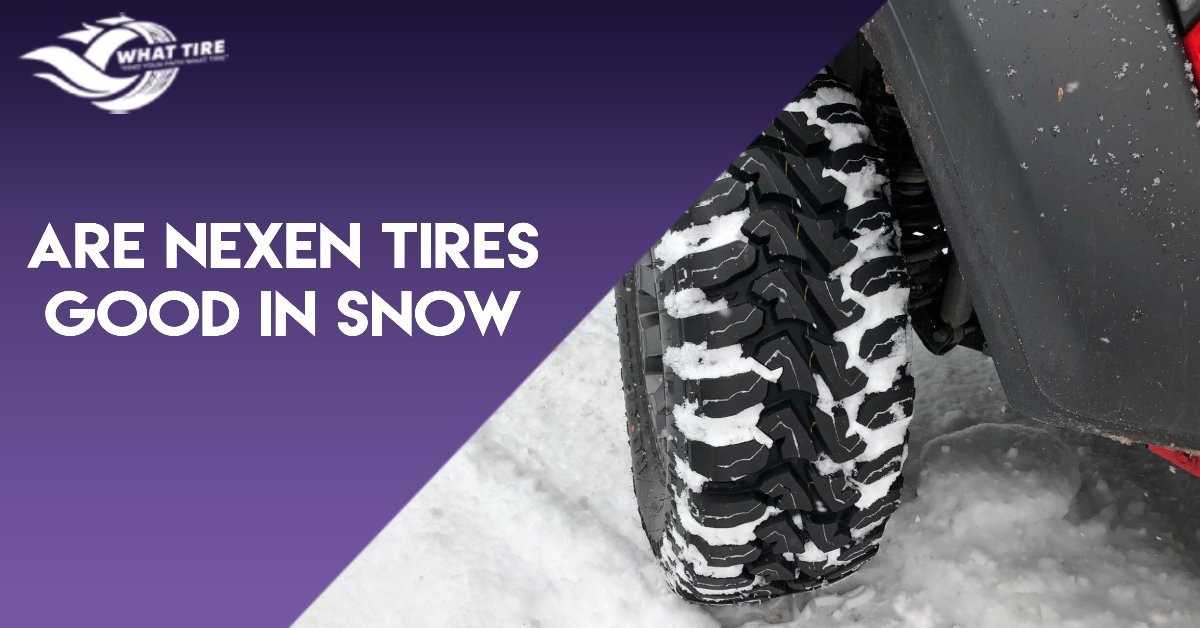As a conscientious vehicle owner, you’re likely aware that both tire rotation and wheel alignment are essential for maintaining your car’s performance and prolonging its lifespan. However, a common question that arises is whether a wheel alignment is necessary immediately after every tire rotation. In this comprehensive guide, we’ll explore the relationship between these two maintenance tasks and answer the key question: When You Rotate Tires Do You Need an Alignment?
By the end of this article, you’ll have a clear understanding of how these practices intersect and how to make informed decisions about your vehicle’s care. You will also have learned if alignment is needed when you rotate the tires or not!
Table of Contents
ToggleWhat Is Tire Rotation and Wheel Alignment
First thing first, let’s briefly clarify these concepts before diving into the alignment question.
- Tire Rotation
Tire rotation involves changing the position of each tire on your vehicle to achieve even tire wear. As tires experience varying levels of stress depending on their location, rotating them helps distribute wear more evenly, extending their lifespan.
Regular tire rotation also enhances your vehicle’s handling and traction, especially in situations like turns and abrupt stops.
- Wheel Alignment
On the other hand, wheel alignment deals with the angles at which your tires make contact with the road. These angles, including camber, caster, and toe, significantly impact your vehicle’s steering, stability, and tire wear.
Proper wheel alignment ensures that your tires are oriented correctly, preventing irregular tire wear and helping your vehicle move straight and true.
Now, that you have read till here, you may be wondering how to tell if you need a tire alignment. Fret not because we have got you covered here.
The intricate balance between tire rotation and wheel alignment becomes evident as you recognize that one maintenance practice can influence the other. Understanding this relationship will assist you in determining whether a wheel alignment is necessary after a tire rotation, a question we will delve into further in the upcoming sections.
Do You Need A Wheel Alignment After Tire Rotation?
The short answer is, No. You don’t need a wheel alignment after a tire rotation. They do not affect each other. However, it is a good idea to do wheel alignment at the same time you are rotating your tire to save time and money.
But to better understand this topic, let’s delve into the factors that come into play and the nuances that guide this decision.
- Tire Wear Patterns: Uneven tire wear can indicate alignment issues. If the tires exhibit excessive wear or feathering, it might be an indication that an alignment is due.
- Previous Alignment: If your vehicle has recently undergone a wheel alignment, the need for another alignment after tire rotation might be less pressing.
- Driving Conditions: Aggressive driving, encounters with potholes, or off-road excursions can impact alignment. In such cases, alignment might be necessary despite a recent rotation.
- Suspension Modifications: If you’ve made suspension modifications, alignment adjustments might be required after tire rotation to ensure optimal performance.
- Steering and Handling Changes: If you notice changes in steering response or vehicle handling after rotation, an alignment might be needed to restore balance.
Do You Need To Balance Tires After Rotation?
No, it is also not necessary to balance tires after rotation. However, like alignment, it is a good idea to do your tire balancing at the same time. As it’s paired with tire alignment and rotation, you can save a couple of bucks when balancing the tires at the same time.
Tire balancing is a distinct procedure that ensures even weight distribution of the tire and wheel assembly. While tire rotation involves moving tires from one position to another on the vehicle, balancing focuses on preventing vibrations caused by uneven weight distribution.
If you are still confused about whether to do balancing after rotating your tires or not, here are a few factors to get your answer:
- Balancing Status: If your tires were previously balanced and haven’t encountered any issues, rebalancing might not be immediately required after rotation.
- Vibration Concerns: If you experience vibrations in your vehicle after tire rotation, it could indicate the need for rebalancing, especially if the vibrations weren’t present before the rotation.
- New Tire Installation: When replacing tires, balancing becomes essential, whether immediately after rotation or as part of the tire replacement process.
- Wheel Weight Changes: If weights were added or removed during tire rotation, rebalancing might be necessary to account for these changes.
How Often Should You Rotate Tires and Align Wheels?
As a general rule, you should rotate your tires every 6,000 to 8,000 miles or every six months, whichever comes first. On the other hand, you should do wheel alignment once a year. But that’s not it.
Maintaining the health and performance of your vehicle’s tires and wheels requires a thoughtful approach to rotation and alignment.
Here’s a comprehensive guide to help you understand the recommended frequency for these crucial maintenance tasks.
Tire Rotation Frequency
Tire rotation involves moving tires to different positions on your vehicle to ensure even tread wear. The frequency of rotation depends on several factors:
- Vehicle Type: Different types of vehicles have distinct weight distributions and front-to-rear weight ratios. Front-wheel drive, rear-wheel drive, and all-wheel drive vehicles may require different rotation schedules.
- Tire Type: Different tire types wear differently. For instance, performance tires might wear more quickly than all-season tires. Consult your tire manufacturer’s recommendations for specific guidance.
- Driving Habits: Aggressive driving, towing, and carrying heavy loads can accelerate tire wear. If you frequently engage in these activities, more frequent rotation might be necessary.
- Terrain: Driving on rough terrain or unpaved roads can lead to uneven tire wear. In such cases, consider rotating your tires more often.
As a general guideline, it’s recommended to rotate your tires every 6,000 to 8,000 miles or every six months, whichever comes first. However, consulting your vehicle’s manual and the tire manufacturer’s recommendations can provide tailored guidance.
Wheel Alignment Frequency
Wheel alignment ensures that your vehicle’s wheels are properly aligned with each other and the road surface. Factors influencing alignment frequency include:
- Driving Conditions: Frequent encounters with potholes, uneven road surfaces, or off-road driving can disrupt wheel alignment. In such cases, more frequent alignments may be necessary.
- Suspension Modifications: If you’ve made suspension adjustments or modifications, aligning the wheels becomes essential to optimize handling and tire wear.
- Signs of Misalignment: If you notice steering pulls, uneven tire wear, or vibrations, it’s advisable to check alignment sooner rather than waiting for a scheduled interval.
As a general rule, having your wheels aligned once a year is recommended. However, if you encounter any signs of misalignment or experience changes in handling, getting your alignment checked promptly can prevent further issues.
If you notice your need alignment, do not delay it because tires don’t last long with bad alignment.
Can You Do Tire Rotation and Alignment Simultaneously?
Yes, you can perform tire rotation and wheel alignment simultaneously. In fact, doing both tasks together can be a practical approach. When tires are removed for rotation, it provides an opportunity to assess alignment.
If alignment adjustments are needed, they can be conveniently addressed while the tires are off the vehicle. This simultaneous approach ensures that your tires wear evenly and your vehicle maintains optimal handling and performance.
Should You Do Tire Rotation Before or After Alignment?
If your tires exhibit uneven wear patterns, addressing alignment first might be beneficial to prevent further uneven wear. However, if alignment isn’t a concern, rotating tires first can ensure even wear on the newly positioned tire. So, the order of these two procedures depends on the condition of your tires and your alignment needs.
Is There Any Impact of Rotation on Alignment?
Tire rotation itself does not significantly affect wheel alignment. When tires are moved from one position to another, the angles of your wheels remain unchanged. However, the rotation process does allow for a visual inspection of tire wear patterns, which can indirectly indicate alignment issues.
If uneven wear is detected during rotation, it’s advisable to consider a wheel alignment to rectify potential alignment problems and ensure balanced tire performance.
Pro Tip: Make sure to reset your car’s TPMS after rotating your tires.
Conclusion
Tire rotation and wheel alignment are essential for your vehicle’s performance and safety. While alignment might not be needed after every rotation, periodic checks are wise, especially if uneven wear occurs.
Balancing tires during rotation depends on factors like vibration and wear. Regular maintenance and professional advice ensure a balanced and aligned vehicle, contributing to a smooth and safe driving experience.
I hope this article answered the question: When You Rotate Tires Do You Need an Alignment? If it did, do let us know!
FAQ’s
Tire alignment is necessary when you notice steering issues, uneven tire wear, or after hitting a significant pothole or curb. It’s not always required during a routine tire rotation.
No, tire rotation and alignment are separate services. Rotating your tires helps with even wear, while alignment corrects the angle of your wheels. They may be done together, but it’s not mandatory.
While you can skip alignment after a tire rotation, it’s not recommended. Alignment ensures your wheels are properly positioned, maximizing tire life and maintaining vehicle stability.
If you experience steering pulling to one side, uneven tire wear or the steering wheel isn’t centered, it’s a sign that you may need an alignment, especially after rotating your tires.
Rotating tires should not significantly affect alignment. However, if your alignment was already off, rotating tires may temporarily mask the issue but won’t fix it.
Skipping alignment might save you money in the short term, but it could lead to increased tire wear and potential suspension issues, costing you more in the long run.
Typically, you should consider a tire alignment when you notice issues or at least once a year to ensure your vehicle’s wheels are properly aligned.
Performing a tire alignment at home is challenging without specialized equipment. It’s recommended to have alignments done by a professional with the necessary tools and expertise.

